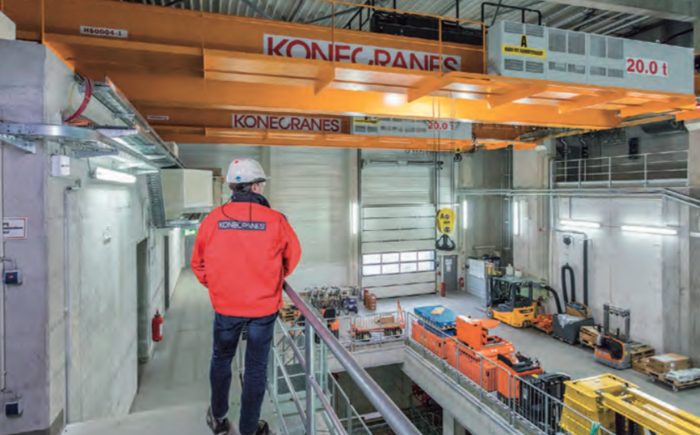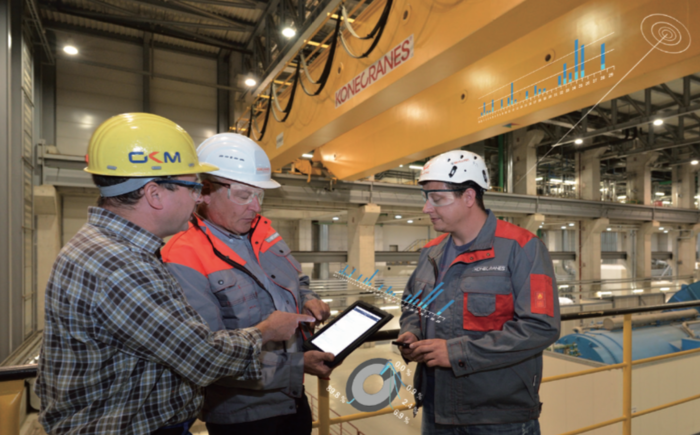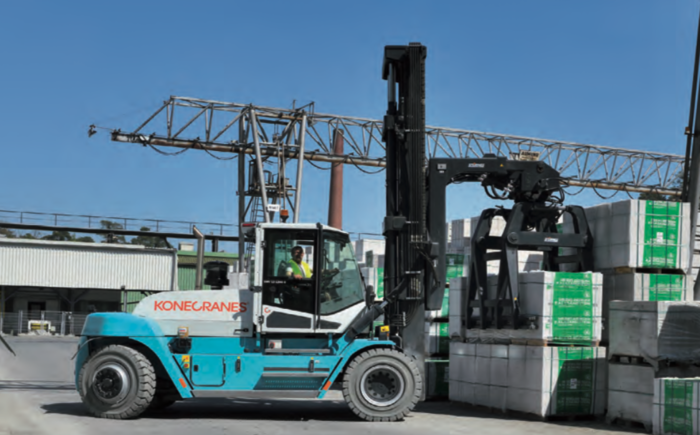James Lang – General Manager, Konecranes Training Institute
Overload protection is a reliable way to elevate safety
Today’s pressure to achieve ever-increasing productivity leads to ever-expanding demands on your crane equipment. Now, more than ever, it’s important to protect your crane and your employees from dangerous overload situations.
Overloads—lifts that exceed the rated capacity of a crane—are problematic for many reasons. In addition to being against many regulations, overloads can stress and damage equipment and put your employees in imminent danger. Overloading is particularly threatening to older cranes, which may not have today’s more modern safety devices to prevent misuse with over capacity lifts.
Now common features on most modern cranes, overload protective devices prevent overload-related accidents by helping to ensure that cranes do not lift beyond their rated capacities.
How do overload protective devices work?
Regardless of type, all overload protective devices work by sensing the force of the load. When the load exceeds a preset percentage of rated capacity (usually 100 to 125 percent), the overload protective device temporarily inhibits the hoist so that the crane can only lower the load.
There are four types of overload protective devices:
- Mechanical devices achieve overload protection with a mechanical switch, which is connected to the hoisting mechanism. For example, when the overload exerts excessive force on the hoist’s rope anchorage, it causes a spring within the device to collapse, thus flipping the switch and disabling the hoist.
- Electric overload protection devices, similarly, sense how much current is drawn by the motor and disengage the hoist when the current draw indicates excessive force.
- Electrical/mechanical device combine a strongback with a monitoring sensor that adjusts voltage based on the amount of deflection that occurs.
- Chain hoist overload protective devices act like a car in neutral. These devices utilize a slip clutch mechanism: when overload is detected, the slip clutch continues to turn without lifting the load.
It’s important to note that all four types of overload protective devices need to be maintained and checked on a regular basis if they are to perform reliably in detecting overloads and preventing dangerous beyond-capacity lifts.
Implementing Overload Protective Devices
Though the properly trained operator should always be the first and foremost line of defense against overloading your cranes, protection devices are recommended safety features. Particularly for older cranes and in facilities with a history of exceeding lift capacity, overload protection devices can and should be retrofitted.
If your fleet is already equipped with overload protective devices, you can enhance protective capabilities through remote monitoring software, such as Konecranes TRUCONNECT® Remote Monitoring, which can notify safety managers or other designated personnel the moment overload occurs, allowing a quick investigation of the contributing factors to prevent it from happening again.
Know your crane
Though overload protection is common in hoists today, many safety managers assume that their cranes have them when, in fact, they do not. Your local Konecranes technicians can help you determine whether your crane is equipped with overload protection and recommend the type that’s best suited to your application.







